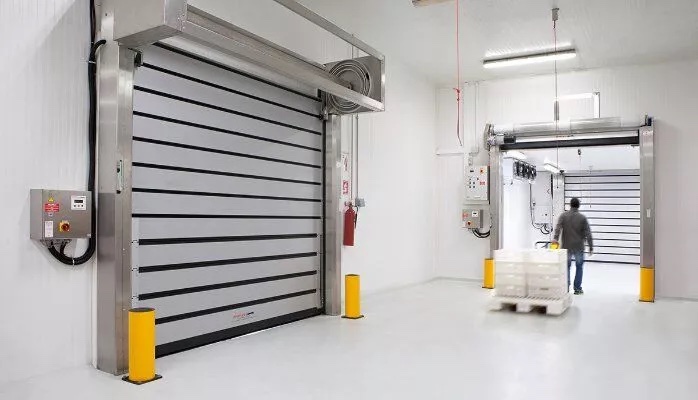
During the height of the COVID pandemic, cold storage became THE thing when it comes to warehousing and logistics. From storage of temperature sensitive medical supplies (like COVID vaccines) to the high demand for grocery store goods while people were homebound during the early days of the pandemic, the industry saw an explosive growth in activity.
The rise of e-commerce has also contributed to the growth of the cold storage industry. Online shopping has become more popular, and consumers are now buying fresh products online. This has led to an increase in the number of cold storage facilities, which provide refrigerated warehouses and transportation services. The demand for cold chain logistics has increased, and companies are investing in new technologies to ensure that they can deliver fresh products to their customers. In addition to rising demand for new space, existing storage solutions are becoming antiquated.
Historically, cold storage was built to suit, but sources suggest the increased demand will lead to speculative cold building. This means buildings can be designed as “cold ready” speculative prototypes that can be adapted for uses requiring refrigeration and freezer areas.
The learning curve is steep in this sector with many complexities and considerations, but we have cracked the code with the launch of our new cold storage architectural division. Our architectural team has a deep understanding of the technology and equipment used to maintain the proper temperatures and humidity levels for different types of products.
COR3 has officially partnered with RL Cold to create our own cold storage program, able to integrate with developers and partners across the country. RL Cold is part of the RealtyLink family and builds on the strength of experience in development and real estate. We are delighted to serve RL Cold as the architectural arm of the organization and look forward to announcing new projects and team members soon.

